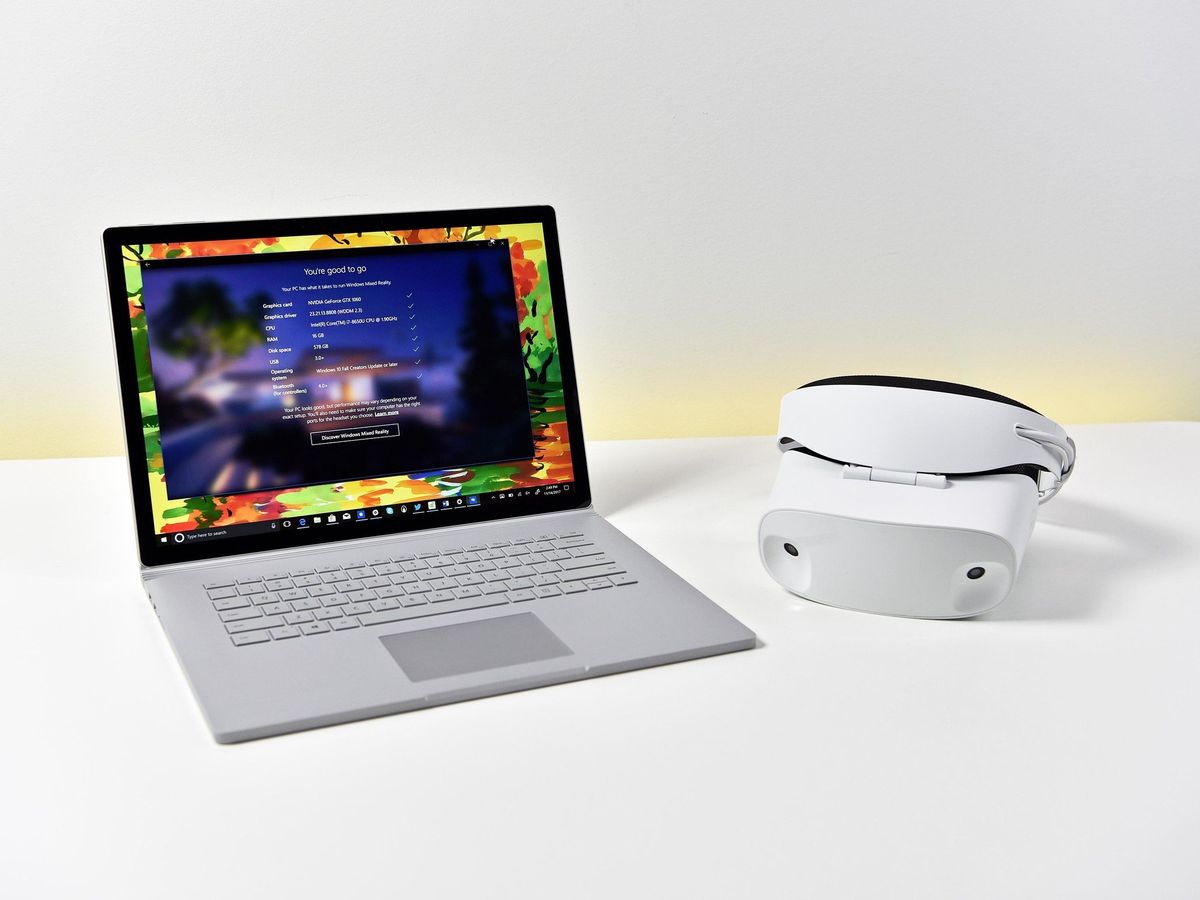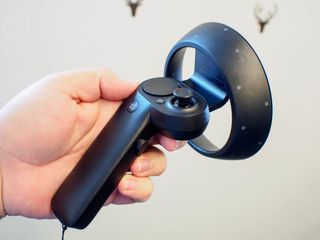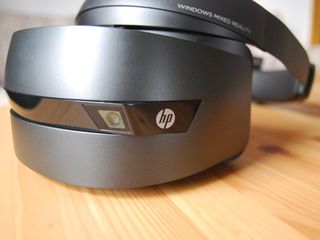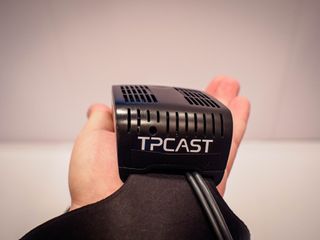
As someone who's had plenty of time with the other PC-based VR systems — HTC Vive and Oculus Rift — I was pleasantly surprised with WMR when it hit the consumer stage in October 2017.
My HP headset is comfortable to wear thanks to the headband that's similar to that of the PlayStation VR, the display and lenses are a one-two punch of minimal screen-door effect and high-res picture, and the lack of outside sensors makes it easy to set up, which is important for someone who's constantly switching between platforms.
The WMR Portal, your entrance software, is a good start to something larger, and SteamVR integration has brought an enormous library of games to add to what's found at the Microsoft Store.
Leaving WMR as-is, however, just won't do.
That's not how tech works. There's always room for improvement, and most companies who like making a buck will listen to what their customers have to say when it comes to exactly what those improvements entail. Here's what I'd like to see come to WMR in 2018.
Windows Mixed Reality controller tracking

I love the simple setup of WMR. After you've run through the initial setup at least once, all you have to do is plug in your headset and power on your motion controllers. There are no external sensors to contend with.
Get the Windows Central Newsletter
All the latest news, reviews, and guides for Windows and Xbox diehards.
The way WMR motion controllers are tracked is from the inside out. There are sensors in the headset that pick up the lights on the ring around the controllers, and for the most part the system works well enough.
However, if you're playing in a bright room or somewhere with a lot of reflective surfaces, you're going to sometimes see drift. This is when your controller will decide to move around on its own, usually slowly. It's disorienting and, in games that require precision, often deadly.

The sensors in the headset do a decent job of keeping an eye on the motion controllers even when they're at your side, but you'll still sometimes lose tracking, especially when you're in the middle of intense action. Again, it's disorienting and not something you see when using the Vive or Rift (although flawless tracking requires at least three external sensors for the latter).
What's the answer to WMR's motion controller-tracking woes? Maybe more sensors in the headset. Maybe a different type of sensor that isn't thrown off by sunlight coming through a window. I'd prefer if outside sensors don't enter the fray in order to keep the setup as easy as possible.
Windows Mixed Reality and a social Cliff House

A recent beta update to Oculus software — officially known as Rift Core 2.0 — brought a home area that's customizable, much like what the Vive has had in SteamVR for awhile now. Oculus Home is still awaiting a fully social aspect — the foundation is certainly there — but in SteamVR Home it is possible to invite your friends to your place to hang out.
WMR has Cliff House, a personal space that's customizable. It's the first place you see when you don the WMR headset, and it's where you launch your apps and experiences. At this point, there's no ability to share your Cliff House with others.

Microsoft's acquisition of AltspaceVR, a social app that lets people hang out together in VR, bodes well for the future of Cliff House, and I'm hoping that a social aspect comes soon.
Hanging out with people in VR is more fun than it might seem, and it no doubt helps a lot of people break past social boundaries. One of our favorite apps, Rec Room, is a fun, free meeting place in the meantime. You can create an avatar, join a social area, and branch out into other rooms to play cards or jump into an arena and enjoy some paintball or disc golf.
Likewise, the popularity of VRChat seemed to take off at the end of 2017. It's also a social space where you can do pretty much anything you want, as long as you're respectful of other players. Is this what VR was meant for? Who knows, but it sure is a wild ride.
Windows Mixed Reality needs wireless headsets

With the HTC Vive TPCast wireless adapter available (about $300) and an Oculus Rift version hitting North American markets (about $350), it's clear that 2018 is going to have a lot of wireless VR.
There's also some interesting stuff to do with WiGig going on in Intel's backyard, and Oculus has a wireless prototype that's known as the "Santa Cruz" project. These are all great developments for the Vive and Rift, but what about WMR?
WMR is the newest VR system to hit the stage, so it's undoubtedly had the least amount of time to garner wireless attention. Will something present itself before the year is out? I have no idea, but judging by the time it took to get other wireless solutions off the ground, I have my fingers crossed that we'll at least hear word of a solid plan by the end of the year.
Wrapping up
Have you had some time with a WMR headset? What do you like most about it? What would you like to see from Microsoft and its partners in 2018?
For more information, be sure to check out our other resources when it comes to WMR.

Cale Hunt brings to Windows Central more than eight years of experience writing about laptops, PCs, accessories, games, and beyond. If it runs Windows or in some way complements the hardware, there’s a good chance he knows about it, has written about it, or is already busy testing it.